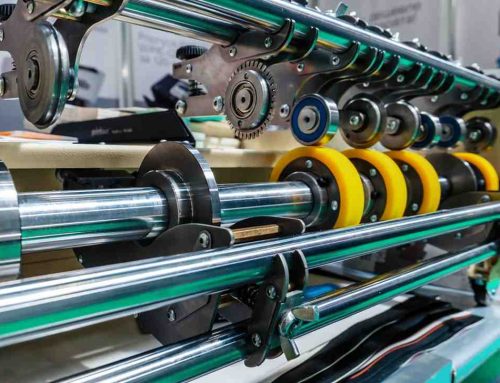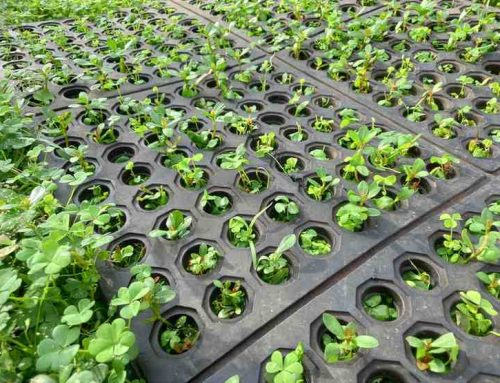Rubber gaskets in science labs? Imagine you’ve got a science experiment that you’ve planned out down to the last detail. You’ve calibrated all of your equipment and everything is running smoothly — or so it seems. There is one thing standing between success and failure, and it’s not something you can see or hear. The only reason why things might not go according to plan? A tiny rubber ring called a gasket. In scientific research, there are many times when you need to move fluids around precisely (for example if they are being analyzed) and make sure that nothing gets in or out at any other time.
You cannot use just any old seal for this job because if your gaskets fail it could ruin an entire experiment (or even more than one). We are going to talk about rubber gaskets: how important they are for experiments to work properly; what happens when they do not work properly (like leak chemicals); and which type of rubber gasket should be used in different situations. After reading our article not only will scientists better understand why using the right gasket is crucial but also lab managers and people who make scientific equipment!
Tehnoguma is no short of industrial rubber supply for many domains mining industry, food production, ergonomics technologies, roller technologies, and more. Stick to the end to know each detail.
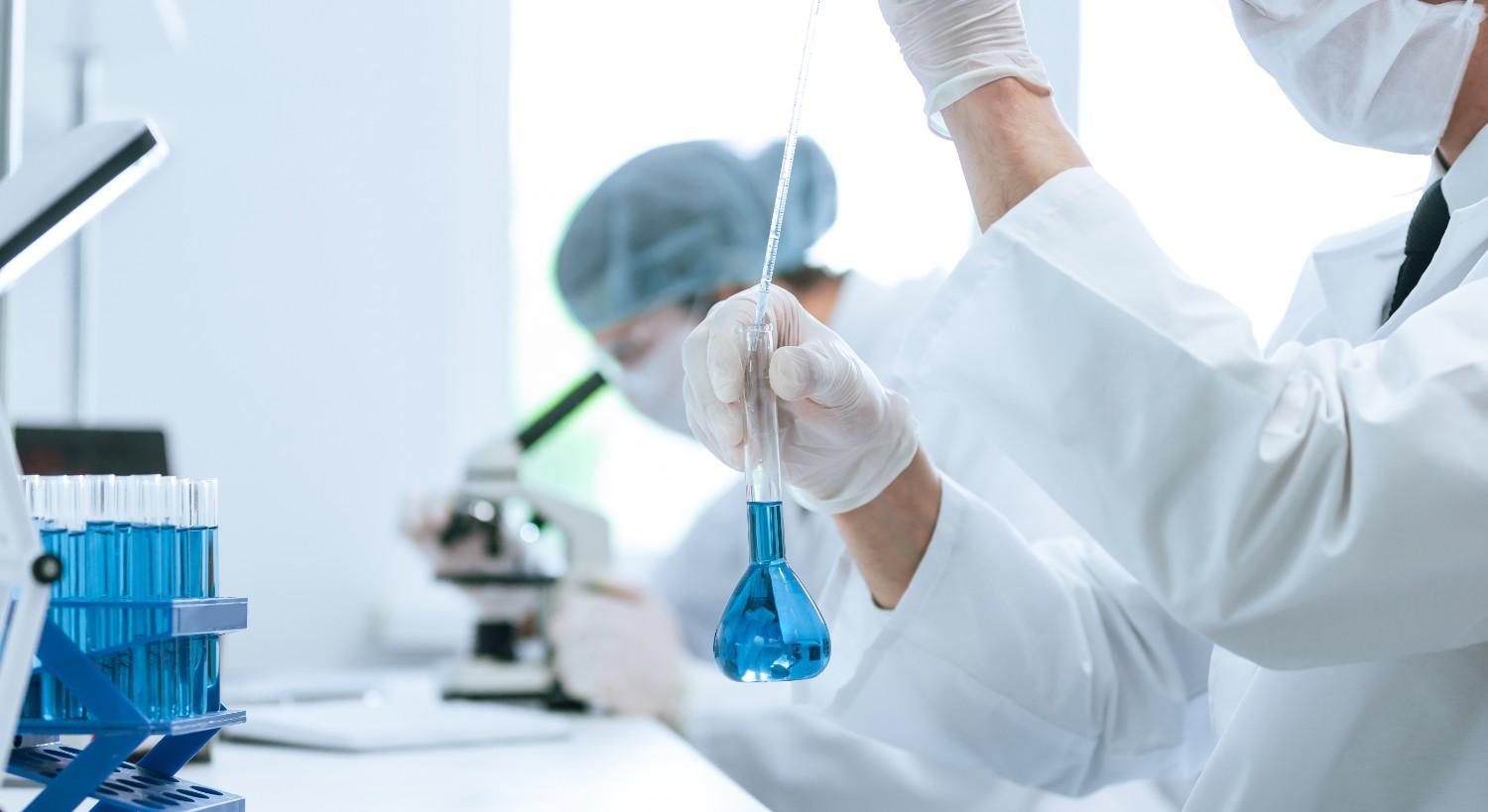
Rubber Gaskets as Fluid Handling Systems in Scientific Research
Scientific researchers are always trying to learn more. But there’s one thing they need if they’re going to get anywhere: control. Whether working out how a new drug behaves in the body or studying DNA, scientists must be able to carry out procedures exactly as planned–which often means using fluids in a series of tests.
It could be making sure two chemicals mix very quickly; it might mean having a tiny sample move along at just the right speed. If results are going to be reliable (and checked by other experts), then everything about these liquids has to be closely regulated each time an experiment is done.
The Devastating Impact of Leaks and Contamination
No matter how carefully an experiment is set up, it could be ruined by a tiny leak or contamination. For example:
- Compromised Results: If there is a leak from a valve gasket during chromatography, the solvent may not go through the column as it should. This means the things being studied won’t separate properly—and the results will be wrong. In drug development this sort of thing is very important: you need to know which chemicals are present, and how many of them there are.
- Data Integrity Issues: Suppose a scientist uses electrophoresis to study proteins, but there is something wrong with one of the machine’s gaskets. If fluid leaks out from around it, it could mix up the samples — making any findings about them unreliable. It would then take lots of time and money to repeat the test (which might give misleading results again).
- Safety Hazards: In laboratories, chemical leaks can be dangerous–especially if they involve substances like strong acids or solvents. For instance, suppose a high-pressure container used to make chemicals had a faulty seal; some.
The Ever-Present Challenges of Fluid Handling
Besides leaks, scientific fluid systems face many challenges:
- Chemical Compatibility: Experiments often use different aggressive chemicals. Gaskets must resist these chemicals so they do not wear out or degrade over time.
- Temperature Extremes: Scientific tools work at very hot and/or very cold temperatures. Gaskets must work well throughout temperature changes to safely hold fluids inside.
- Pressure Variations: Some high-performance liquid chromatography systems create more than 1000 pounds per square inch (psi). If gaskets in these systems cannot handle pressure, it may cause equipment to break or be dangerous if fluids spray out.
A Glimpse into the Real-World Consequences
In 2019, the Journal of Chromatography A released a study detailing how researchers ran into problems when using HPLC to analyze drugs: The peaks were sometimes misshapen, and the times at which compounds eluted varied erratically. On investigating, the group found that the equipment’s injection valve had a worn-out gasket; this was allowing tiny amounts of solvent to escape, which disrupted the chromatographic process needed for separation.
Swapping in a new valve seal made from a more chemically robust polymer cured the issue — and ensured they could trust their results. Similarly, a team performing protein crystallization for structural biology came across repeat incidents of contamination. Here, an investigation traced the source of impurities back to a chamber whose gasket was faulty because it was old and not sealing correctly; as a result, the buffer was leaking in (or out), compromising the crystals’ purity.
Upgrading this part to one made of better material stopped further episodes — meaning successful experiments could once again be carried out without fear that results might be skewed. These examples show just how vital reliable seals are if data integrity and laboratory safety are to be maintained. We will explore the world of rubber gaskets: finding out what they are used for, how they work, plus their special attributes which make them suitable in fluid-handling applications within scientific settings.
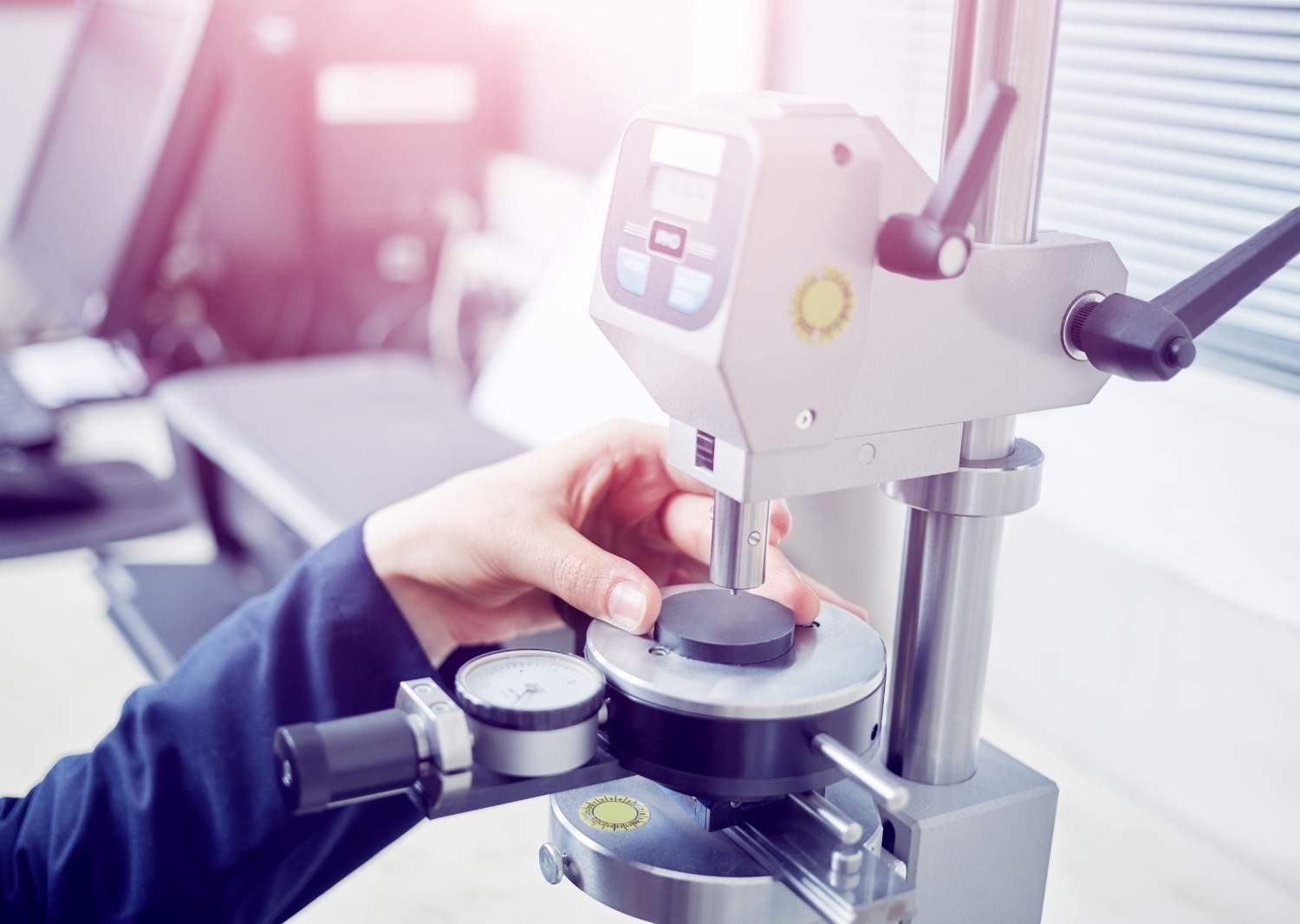
Rubber Gaskets: The Science of Fluid Sealing
In scientific labs, accurate fluid management is critical. Experiments depend on sealed systems of tubes, valves, and chambers to maintain the purity of fluids used. Rubber gaskets provide many of these seals: without them, nothing would work! So while it may seem like a humble job for a bit of rubber to do -– just make sure two things don’t leak past each other – its contribution cannot be overstated when you consider how often experiments fail because there was no way to keep things where they’re supposed to be.
Material Selection: Optimizing Performance Through Material Science
Selecting the right rubber material is crucial for gasket performance. Material science is key here:
- Chemical Compatibility: Tailoring the Seal to the Solution: Different rubber types resist chemicals to varying degrees. For example, Ethylene Propylene Diene Monomer (EPDM) works well with aqueous solutions acids and bases – so it’s great if you need something for chromatography systems that use water-based mobile phases. In contrast, Fluoroelastomer (FKM) also known by one of its brand names Viton, stands up particularly well against harsh organic solvent fuels; meaning it tends to be used when mass spectrometry or other tasks require this.
The Scientific Advantages of Rubber Gaskets:
Rubber’s intrinsic qualities make it an excellent option for scientific gaskets, providing numerous benefits:
- Chemical Resistance: Many types of rubber work very well with a wide variety of lab chemicals. This means that gaskets last a long time and there is less chance of them being damaged by aggressive substances – so experiments are not ruined.
- Flexibility and Resilience: Rubber can stretch and bend. This means it molds itself to almost any surface – even one that isn’t completely smooth – when squashed between two things. As well as making seals better, this also helps gaskets last longer in things like machinery or pumps that aren’t working perfectly; vibrations from equipment or changes in pressure don’t damage the rubber seals because they can flex with them.
- Durability Under Challenging Conditions: Some rubbers can stay flexible (or semi-flexible) over very cold to very hot conditions. It also doesn’t lose its shape too much if it is squashed for a long time (compressive stress). All these features mean that rubber gaskets are used extensively throughout laboratories where experiments may not work (or worse: go bang) if some fluids mix when they’re not supposed to! The discussion moves on to look at how design improvements alongside tough testing regimes take their performance beyond that expected just from materials science.
Rubber gaskets are essential for protecting scientific fluid systems – they must work with many types of chemicals, and withstand extreme temperatures and pressure changes if these systems are to remain safe and reliable. This section looks at how high-tech design and tough tests make them even better at this job when used in laboratories and other research settings. If you want to know more about their widespread usage go through Rubber Gasket Sealants: The Perfect Solution for Many Use Cases.
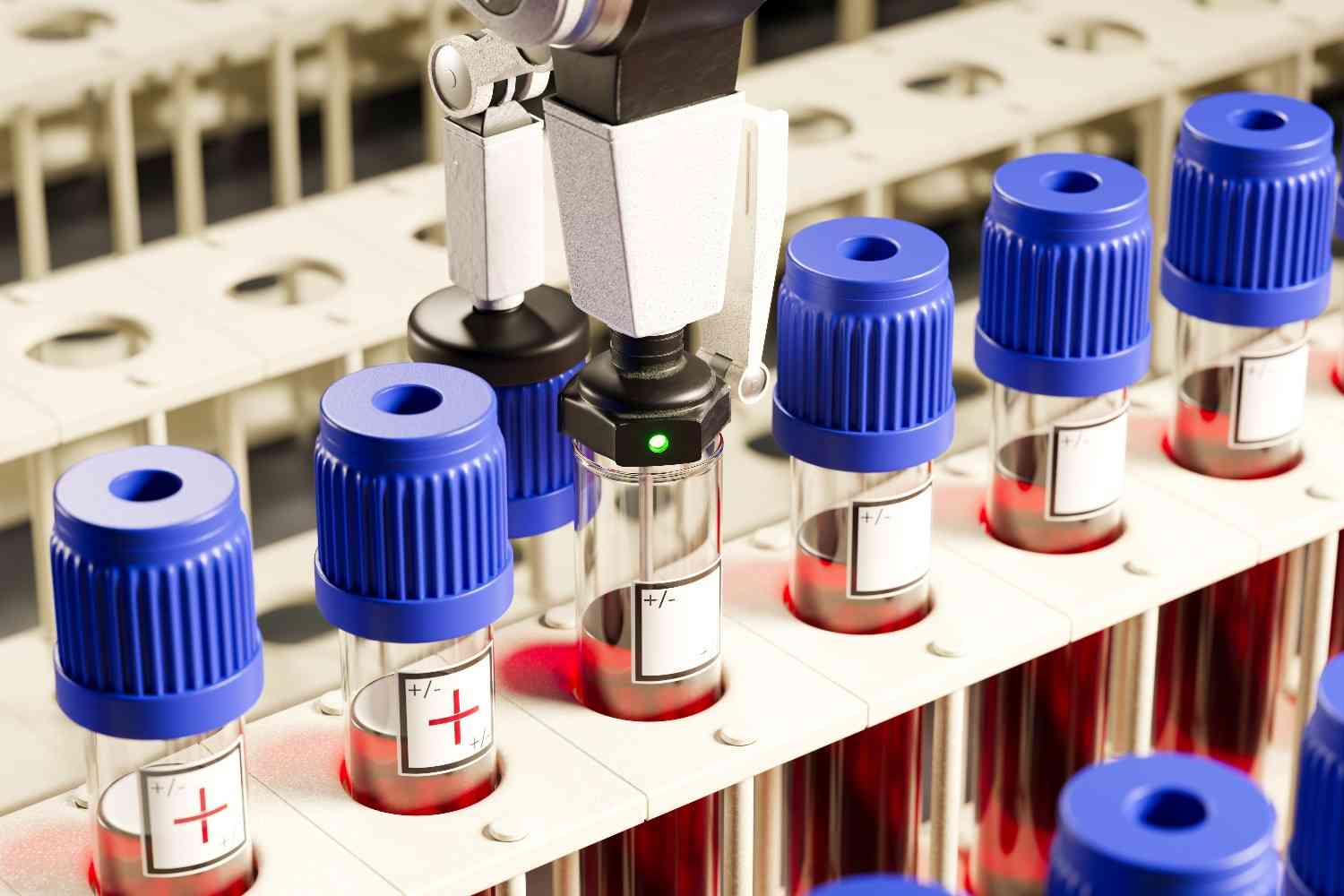
Optimizing Fluid Sealing: The Gasketry of Scientific Applications
Beyond material selection, maximizing gasket performance in scientific settings requires a meticulous approach to design. This section delves into the science behind the seal, exploring key factors that influence gasket effectiveness in the intricate world of scientific instrumentation.
Design Considerations: The Perfect Fit for Every Experiment
You There are many things to think about when choosing a gasket for use in scientific experiments. How well it performs will depend on factors such as:
- Sealing the Deal with Pressure: Making Sure It Can Take the Pressure One reason a gasket might leak is if there’s too much or too little pressure inside the equipment it’s sealing. Some scientific apparatus operate at very high pressures High Performance Liquid Chromatography (HPLC) machines, for example, can reach over 1000 pounds per square inch (psi). You need to pick a gasket that can cope with this without bursting– otherwise, your kit might break and you could be in danger.
- Surface Matters: The finish of the surfaces a gasket fits between also makes a difference to how well it works. If these surfaces are rough – like those of some machined parts – then you might need to use a thicker gasket (around 3 millimeters) so that it squashes flat and makes a good seal all over. But if the surfaces are smooth because they’ve been specially polished, a thinner gasket could be better: there would be no point pressing down harder than necessary everywhere just to make up for small bumps in one or two places. A thinner gasket (about 1mm thick) often provides an effective seal under these circumstances.
- Customization is King: Gaskets Tailored to Specific Needs Custom-Made for You Modern manufacturing techniques mean that companies that produce gaskets can now make them in all kinds of shapes and sizes. So if you’re using intricate pieces of equipment with lots of twists and turns in the tubes (‘fluid pathways’), it should be perfectly possible to get gaskets that fit properly into every single gap– no matter how small or awkwardly shaped. Perhaps you require channels (little grooves) along one edge to encourage liquids to flow more quickly, or perhaps tiny holes must be cut out from middle sections because irregular shapes have been designed there for some other important purpose. All these things and more could feasibly be done quite cost-effectively.
Innovation Takes Center Stage: Examples of Advanced Gasket Designs
Specific scientific challenges go beyond traditional O-rings. When it comes to scientific gaskets, there are many high-tech options available – not just your standard circular rubber type! Here we look at some examples of these innovative design solutions:
- Encapsulated Gaskets: Strength in Layers for High-Pressure Applications: Withstanding High-Pressure thanks to Strength in Layers For superior sealing in high-pressure situations such as chromatography systems, encapsulated gaskets do an excellent job. These designs consist of a core material (often an EPDM-type elastomer that is resistant to chemicals) enclosed within a tougher outer shell made from materials like Teflon/PTFE. So they can cope with both extremes: the solvents used in chromatography’s mobile phase won’t affect them, neither will the fact they’re being squashed to buggery.
- Self-Sealing Gaskets: Automatic Adjustment for Pressure Fluctuations: Self-sealing gaskets have been designed specifically so that they can cope with different amounts of force – and automatically adjust themselves accordingly. Image; A shiny metal cylinder with two black rubber O-rings partway along its length. Because of this nifty feature (well we think so anyway!), engineers can use them effectively within things like HPLC systems.
Quantifying Gasket Reliability: Testing Standards and Data-Driven Decisions
The success of any scientific experiment depends on how reliable its components are. Manufacturers must therefore conduct thorough assessments into whether their gaskets meet industry requirements for such use – with results often underpinning product development
- Leak Rate Testing: Pinpointing the Elusive Drop: Finding out how much fluid escapes is key Leak Rate Testing involves measuring just that (fluid loss) under set pressure conditions; something which can have stringent limits of microns/second or even cubes/centimeter because if there is too high a flow it could compromise an entire experiment’s integrity – especially when analyzing very small amounts like those in mass spectrometry tests.
- Compression Set Resistance: Maintaining Shape Under Pressure: Will seals keep their shape? Gasket deformation from compression might become permanent after time but how much does this matter provided they stay ‘springy’ enough long term? A test gives percentage thickness change values so designers know the limit beyond which performance drops off eg need below x% after y hours exposure for gas chromatography work with volatile fluids.
- Long-Term Durability Studies: Simulating Real-World Conditions: What happens over months When seals undergo real-world testing behavior over weeks or months while being subjected continuously (or intermittently) to either side of particular temperatures, splashed with chosen chemicals; all so one can see if there’ll be any degradation sealing properties, etc.
The Economic Advantage of Quality Gaskets: Facts and Figures
Investing in high-end rubber gaskets brings laboratories lots of economic advantages. Here are just a few:
- Reduced Maintenance Costs: If you fit dependable gaskets, you won’t need to replace them anywhere near as often – because they won’t let you down and cause leaks. A study featured in the Journal of Laboratory Automation (2019) discovered that by introducing a regime of planned maintenance – including regular gasket renewal on chromatography systems – facilities could decrease their levels of unscheduled downtime by 20%. This equates to major cost savings when you factor in how much time technicians would otherwise have to spend identifying and rectifying leaks, as well as any cash outlays linked to repeating experiments that have been compromised because data-gathering equipment wasn’t functioning properly.
- Enhanced Instrument Lifespan: High-quality gaskets don’t only safeguard delicate instrument parts from contamination and leaks; they also help machines have longer working lives. If a seal is well-maintained, it can do a great deal to reduce wear and tear on pumps, valves, and anything else within a fluid-handling system that moves around liquids or gases. In some cases, this could mean apparatus remains in active service for several years more than might otherwise have been expected – obviating the need for expensive replacement or updating projects.
- Improved Experimental Reliability: Using top-notch gaskets to keep fluids precisely where you want them helps researchers obtain identical sets of data from tests that are being conducted on different days – thus warding off the kind of anomalies that can lead to discarded work. When the American Chemical Society recently asked its membership if anybody had experienced problems of this nature, 3 in every 10 respondents said yes. By reducing occurrences of suspected contamination, high-performance seals are not only ensuring the quality of ongoing work but also saving scientists from having to throw away failed attempts at an even greater rate.
By subjecting advanced materials to a battery of examinations both before and after they have been manufactured into products, developers can say with confidence Just How Much Force This Stuff Can Safely Contain Without Starting To Leak. And because these bespoke recipes incorporate ingredients chosen for their robustness, there is an unexpected bonus for end-users: machinery tends to break less often if it has been fitted with one of our specially-devised seals – meaning professionals spend less time fixing faults and more hours getting on with the job at hand… all of which makes for the happier workplace!

The Widespread Reach of Rubber Gaskets: Sealing Solutions for Diverse Scientific Applications
Rubber seals do not just turn up everywhere – they are also essential scientific apparatus. In this section, we look at how vital they can be in different laboratory settings.
Laboratory Instrumentation: Rubber Gaskets Guardians of Fluid Flow
Pretty sophisticated equipment is needed in any scientific setting to make sure everything runs smoothly and doesn’t leak!:
- Chromatography Systems: Separation Science Relies on Reliable Seals: There are two techniques that analysts constantly rely upon to separate complex mixtures so that they can identify and measure their components: high-performance liquid chromatography (HPLC) and gas chromatography (GC). Both systems use rubber gaskets in various places (such as injector valves, column connections, and detector flow cells) to make sure that there are no leaks which might compromise results by allowing things to get from one place to another where they shouldn’t be found. However, scientists have discovered that not any old gasket will do. Studies have shown that using high-quality gaskets designed specifically for use in chromatography can actually improve data quality: making peaks sharper and more consistent from injection-to-injection.
- Mass Spectrometry: Why a vacuum seal is vital when analyzing things very precisely? When chemists need to identify or measure substances that are unknown to them, they often use instruments called mass spectrometers. These work by breaking molecules into charged fragments and detecting them with electric or magnetic fields. To do this job properly, the instrument must be kept at a high vacuum all the time – which can be difficult if there is even a tiny hole somewhere letting air in! Again, manufacturers turn to gaskets made from special rubbers placed around joints, flanges, and places where samples are introduced; if these parts fail due to contamination the whole system may have to be re-evaluated (a process taking many hours). It also helps if such elastomers are resistant not only to solvents but to ionized molecules produced during analysis (these can gradually decompose typical polymers causing pump filter blocks).
Enhanced Chromatography Performance with Upgraded Gaskets
While conducting analyses via HPLC to purify proteins, a team of researchers noticed irregular retention times and peak shapes. Upon investigation, they discovered that the culprit was old EPDM gaskets within the injector valve. Although these seals were initially suitable for use with water-based solutions, they had begun to degrade because of exposure to organic solvents present in the samples being prepared. When they swapped out these deteriorating parts for new ones made from FKM (a type of Viton), which is better able to withstand such chemicals, leaks stopped occurring altogether. As a result not only did the scientists no longer have any trouble keeping their experiments running smoothly; but they also found there had been an improvement across the board when it came to data consistency as well as resolution on chromatographic peaks.
Cleanroom Environments: Where Purity Reigns Supreme
In cleanrooms, where sterility is king, rubber gaskets are essential for ensuring the purity of experiments involving delicate microfluidic devices or sensitive biological samples. These gaskets have many important roles to play:
- Sealing for Sterility: Gaskets are used in bioreactors, cell culture chambers, and other equipment inside cleanrooms mainly so that airborne particles or microorganisms don’t get in and spoil things. However, it’s not enough just to pick any material for the job – because these rooms are regularly cleaned and sterilized using techniques like exposure to UV radiation and disinfectants, the chosen gasket material also has to be compatible with them.
- Compliance with Industry Standards: International bodies such as ISO set out strict rules covering all sorts of aspects of cleanrooms; if gaskets are being used within them, then those rules apply when it comes to selecting what type of rubber they should be made from. Complying with such regulations is vital because if these standards aren’t met there is a risk some gasket components might emit volatile organic compounds (VOCs) while others could shed particles – both of which would be bad news for the room’s overall cleanliness levels.
In summary, then – by making products that seal things up well indeed plus ensuring they adhere to tough cleanliness regulations, companies making rubber gaskets can help scientists working in areas such as genetic research do their jobs with confidence. Next week we’ll bring together the main points raised here and show why high quality does count when you’re after an excellent outcome from scientific experimentations carried out in controlled environments.

Material Properties and Performance Factors
Despite their apparent simplicity, the performance of rubber gaskets relies on a complex balance of material properties. This section examines the main features that determine how effective gaskets are in the tough world of scientific research.
Chemical Compatibility and Resistance: Rubber Gaskets’ Suit of Armor
In scientific experiments, it is often essential to be able to cope with many different chemicals. Rubber gaskets are used for this purpose too. Here we look at some well-known materials used for making gaskets – and find out how they stand up against various chemicals. To make things clearer, we have provided facts and figures in the form of tables.
Chemical Compatibility of Common Rubber Gasket Materials
| Material | Acids (wt% Concentration) | Bases (wt% Concentration) | Alcohols | Ketones | Esters | Hydrocarbons | Halogenated Solvents |
| EPDM | > 50% | > 10% | Excellent | Excellent | > 50% | Excellent | < 10% |
| FKM (Viton) | > 20% | > 10% | Excellent | Excellent | Excellent | Excellent | Excellent |
| NBR (Nitrile Butadiene Rubber) | 10-50% | > 10% | Excellent | Fair (50-80%) | Fair (10-50%) | Excellent | < 10% |
| PTFE (Teflon) | Excellent | Excellent | Excellent | Excellent | Excellent | Excellent | Excellent |
Gaskets Standing Strong Against Chemical Warfare
Here’s how HPLC and EPDM gaskets helped one group of researchers overcome a common problem when studying pesticides. They needed to use a type of water-based solution that also contained organic acids at more than 50% strength – plus salts which are usually found in these bug-killing chemicals. When they did their tests, the machine worked perfectly: thanks in part to some clever engineering that let them separate different materials very accurately. Meanwhile over at another laboratory… FKM seals have proved perfect for withstanding harsh chemicals such as dichloromethane & chloroform whilst carrying out analysis via mass spectrometry (MS) on brominated fire retardants; so much so that one batch recently celebrated its 1st birthday!
Temperature and Pressure Handling Capabilities: Built to Withstand the Extremes
Here’s how rubber gaskets rise to the challenge when scientific instruments must withstand extreme temperature and pressure conditions: EPDM gaskets offer reliable performance between -40°C and +120°C, so they work well for lots of different lab applications. Silicone gaskets are great for use in autoclaves where temperatures reach 250°C – they keep right on sealing.NBR gaskets can seal effectively at over 1000 psi: important when containing fluids under pressure in systems like HPLC machines. If you need gaskets to cope with even higher pressures, FFKM ones are tops. These perfluoro elastomer products will handle pressures over 10,000 pounds per square inch-Ultra Performance Liquid Chromatography (UPLC) systems are an increasingly popular example among users requiring such capabilities.
Gasket Performance Under Extreme Conditions
A study published in the Journal of Chromatography A (2018) evaluated the performance of various gasket materials under high-pressure and high-temperature conditions. The results demonstrated that FKM gaskets maintained excellent sealing properties at pressures exceeding 1500 psi and temperatures reaching 200°C, highlighting their suitability for demanding applications like supercritical fluid chromatography (SFC).
By understanding the interplay between material properties and the specific demands of a scientific application, researchers can select the optimal rubber gasket material, ensuring reliable performance, long-lasting integrity, and ultimately, the success of their scientific endeavors.

Economic and Operational Benefits: The Power of Rubber Gaskets & Proper Sealing
Beyond their critical role in scientific instrumentation, high-quality rubber gaskets offer significant economic and operational advantages for research laboratories.
Cost Efficiency and Longevity: A Smart Investment
Investing in reliable rubber gaskets translates to tangible cost savings:
- Reduced Downtime and Maintenance Costs: When gaskets fail or leak, research may be interrupted—and instruments might need to be shut down until they can be fixed or replaced. However, according to a study from the Journal of Laboratory Automation (2019), labs that take part in regular maintenance activities suffer less often from these problems: They noted a 20% decrease in unscheduled downtime after implementing a program that simply involved changing chromatography system gaskets on a set schedule. This reduction has major financial implications. If an instrument springs a leak and data becomes corrupted as a result, staff time will be spent troubleshooting the problem as well as repairing the machine itself. Rerunning experiments is expensive too! But when you don’t have to do either because there was no issue with equipment performance due to old/worn-out seals… cost savings start adding up over time.
- Extended Instrument Lifespan: When delicate parts become contaminated by fluid leaks it causes damage increasing the likelihood they’ll need replacing before their time should be up – this is where high-quality seals/gaskets come into play. If you have good-quality sealing mechanisms protecting such components within an instrument from harm (i.e., working properly)… then those instruments are going experience substantial cost savings over the long haul as you won’t have to do nearly as many pricey repairs or replacements/ upgrades due to wear-and-tear damage.
Enhanced Research Reliability: Confidence in Results
Reliable fluid containment with high-quality gaskets ensures consistent and reproducible experimental results:
- Minimized Experimental Errors: Leaks or contamination due to faulty gaskets can introduce significant errors in scientific data. A recent survey by the American Chemical Society (ACS) found that over 30% of researchers reported experiencing data inconsistencies in their experiments due to suspected leaks or contamination within their instrumentation. High-performance gaskets play a crucial role in minimizing these occurrences, ensuring the integrity and reproducibility of scientific data.
- Confidence in Research Outcomes: Reliable sealing reduces the risk of compromised experiments and wasted resources. Researchers can be confident that their results are a true reflection of the experiment design and not influenced by faulty gaskets. This fosters robust scientific investigation and facilitates the advancement of scientific knowledge.
By investing in the quality and performance of rubber gaskets, research laboratories gain a significant advantage. Reduced costs, increased instrument uptime, and enhanced data reliability all contribute to a more efficient and productive research environment. The concluding section offers a final perspective on the crucial role of these unassuming components in the scientific journey.
Conclusion
Selecting the right rubber material for a gasket is crucial to make sure it works well. Material science is important too: although we rarely think about gaskets (because they are so small), they are vital for making scientific instruments work correctly. These little things help fluids move around complex machines reliably; this means that during experiments liquids don’t leak out and ruin everything – or get contaminated.
If researchers choose suitable rubber types carefully (thinking about what chemicals they will have contact with, how much pressure their gaskets need to cope with, and what temperatures they will be used at) then they can do tests better than ever before! The benefits are big when people use top-quality items made from this flexible substance: yes, initially these might cost more yet because scientists can spend longer doing studies without their equipment breaking down, plus there are fewer instances where results cannot be relied upon, overall savings (both financial and practical) soon become obvious.
Don’t be overwhelmed by questions get in touch with our experts, get a quote, and decide what can best suit your requirements.
